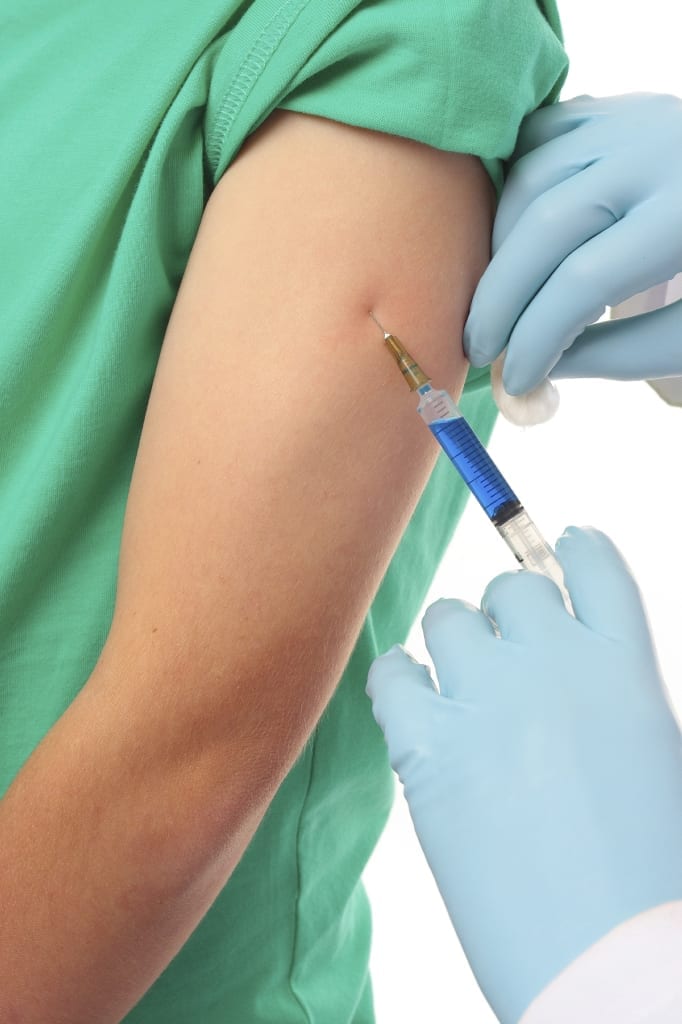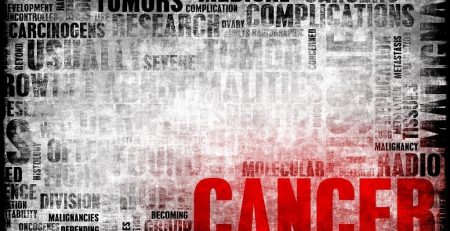Universal Vaccination Leads to Near Elimination of Hepatitis
A universal vaccination program in Alaska has led to a drastic decline in both hepatitis A and B across the state. Members of the Alaska Division of Public Health presented data at the World Indigenous People’s Conference in Anchorage, Alaska, the results of which “show the virtual eliminations of hepatitis A among the native people of Alaska,” IFLScience.com reported. At the same conference, Director of the Alaska Native Tribal Health Consortium (ANTHC) Brian McMahon and his colleagues shared findings, first published in 2000, “indicating the near eradication of hepatitis B in Alaska.
Hepatitis A and B are both caused by viruses that infect the liver. Fever, fatigue, and nausea can occur, but both may also be symptomless.
In Alaska, a hepatitis A epidemic would break out every 10-15 years from the 1950s-1990s. This caused the state to implement a universal vaccination policy and by 2001 vaccination became a requirement for school entry. Since then, infection rates have declined from 60 cases per 100,000 people annually to 0.35 cases per 100,000.
Alaska began tackling the hepatitis B issue in the 1980s when “the native people of Alaska experienced the highest rates of hepatitis B in the States.” The government began a “program of universal vaccination for newborns” at this time, and also implemented a “catch-up program targeting school-aged children.” Since then incidences of hepatitis B have declined from 19 per 100,000 people under age 20 in 1981/82 to none since 1992. In the past 18 years, there have been just 2 cases of hepatitis B reported.














